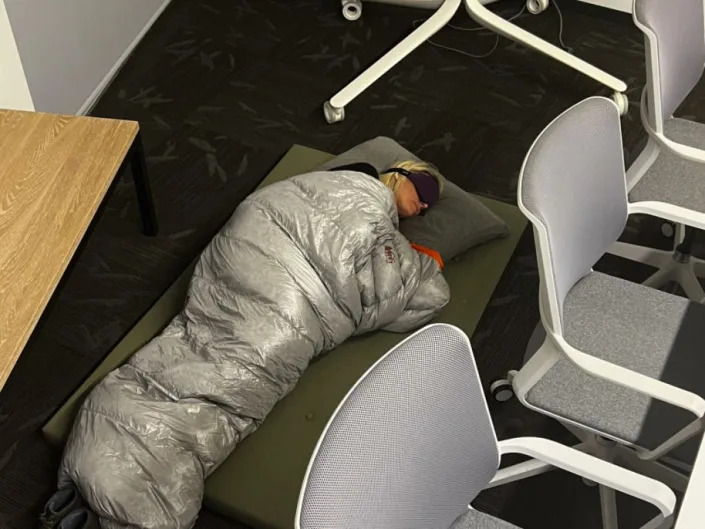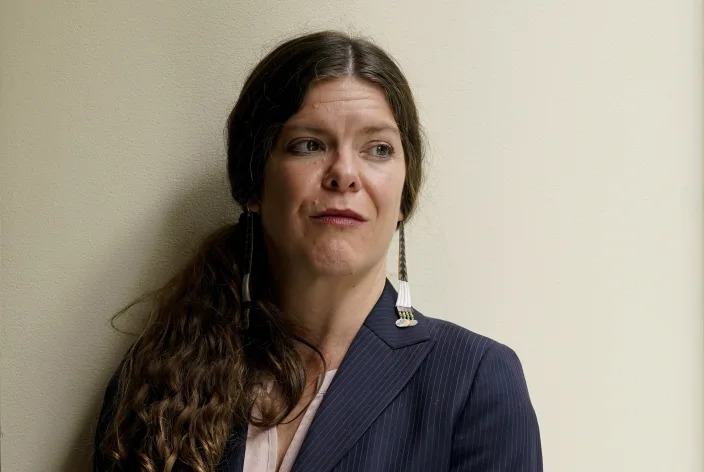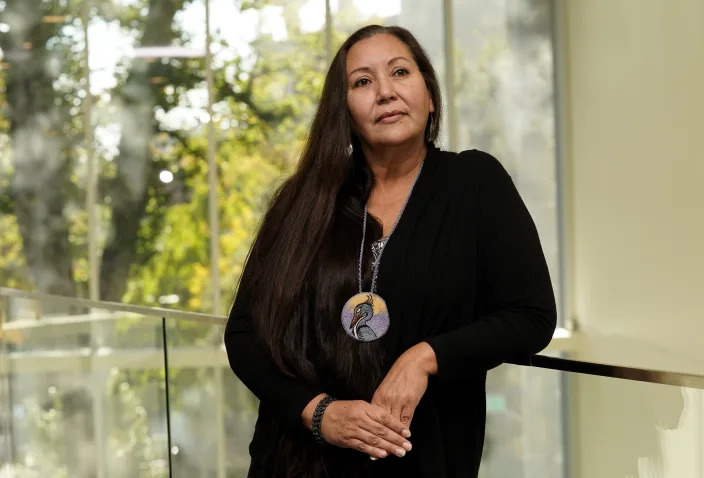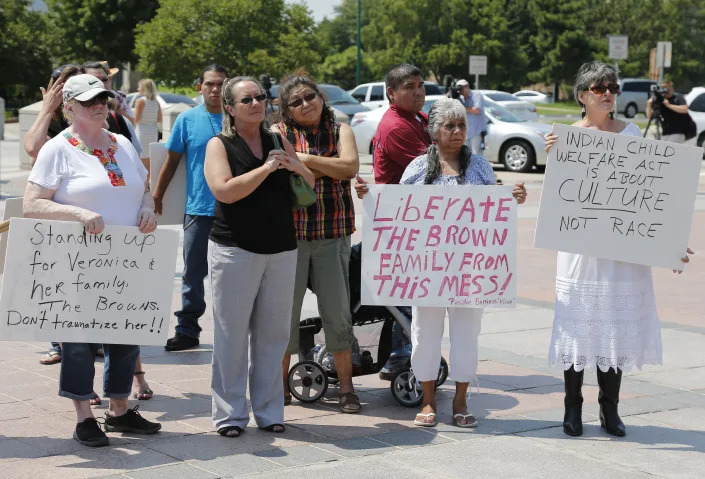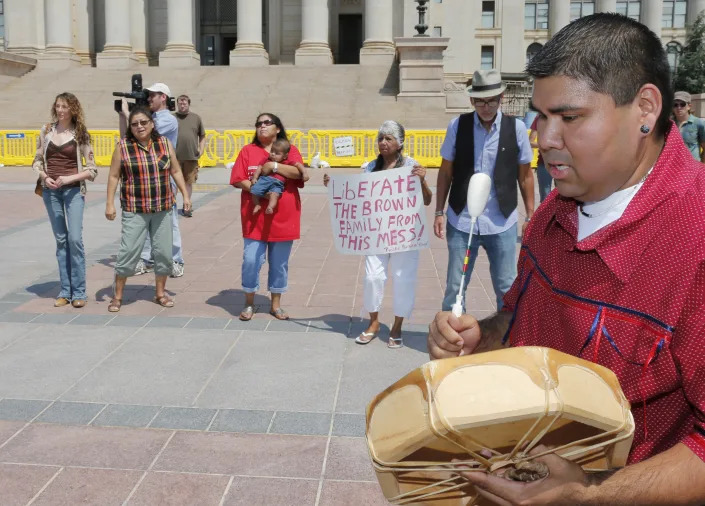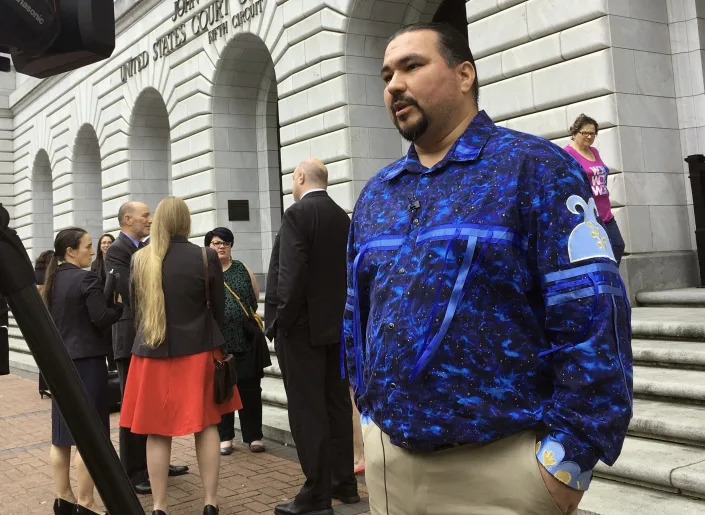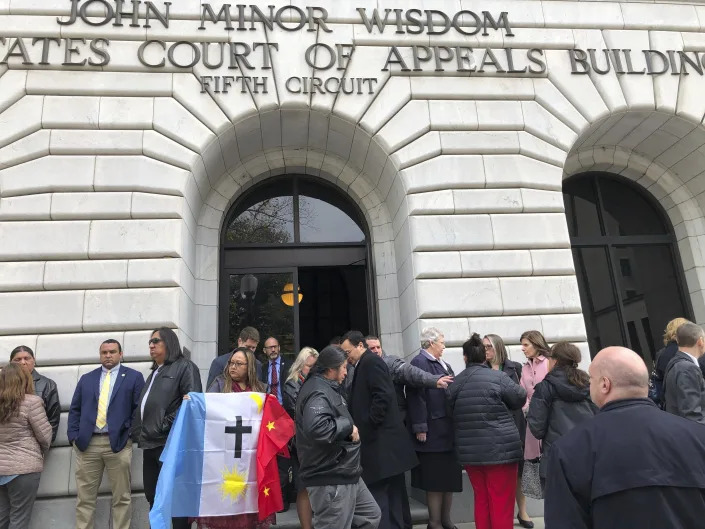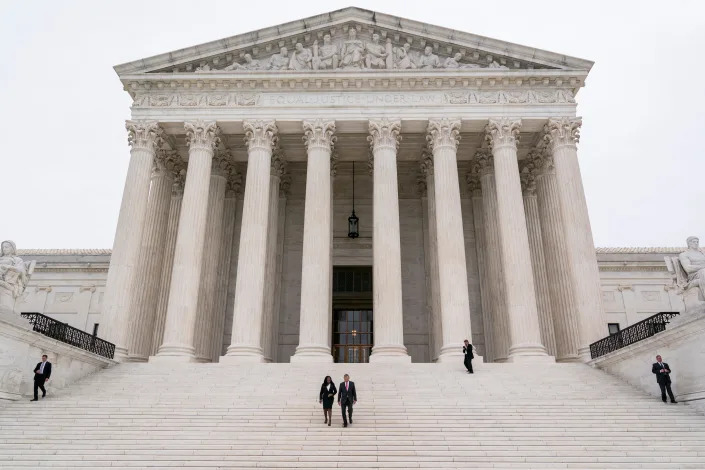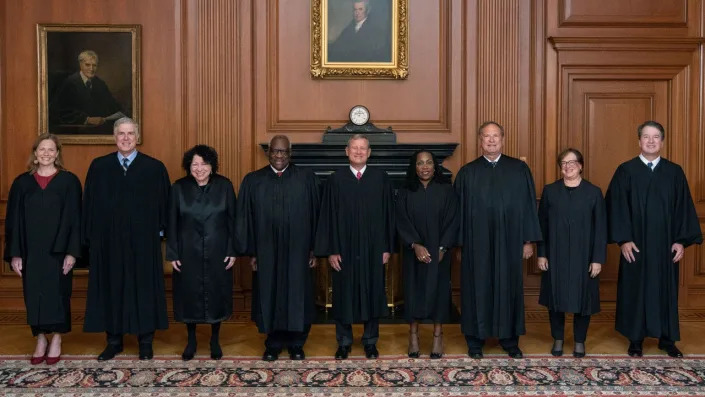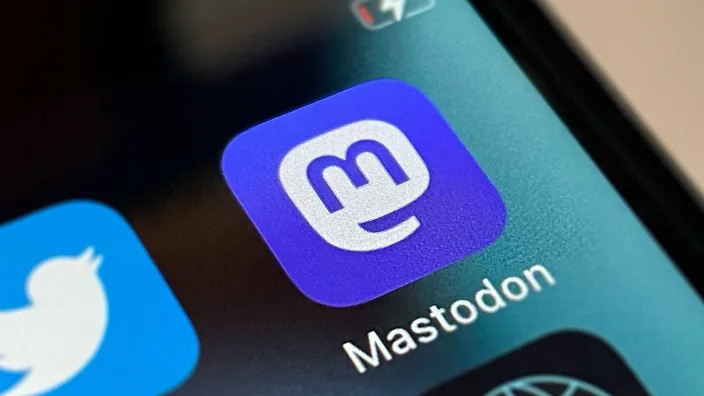BUZZFEED Mon, November 7, 2022
In the months since the overturn of Roe v. Wade, abortion has officially been outlawed in 13 states, making reproductive healthcare completely inaccessible in some states for the first time in nearly 50 years.

Jemal Countess / Getty Images for Supermajority
In a viral video that has now been viewed over 300,000 times, Dara can be heard making a phone call to the office of Congressman Mike Garcia of the 25th District in California, who is an anti-choice advocate. In the video, neither the congressman nor his staff answered the call, so Dara proceeded to leave a message.

Dara Faye / Via Twitter: @darafaye
In the message, Dara begins to go into detail about symptoms she's been experiencing related to her period. "Hi, my name is Dara," she said in a clip of the recorded phone call. "I was just calling because I wanted to report irregularities in my period. I have also been having cramping during ovulation."
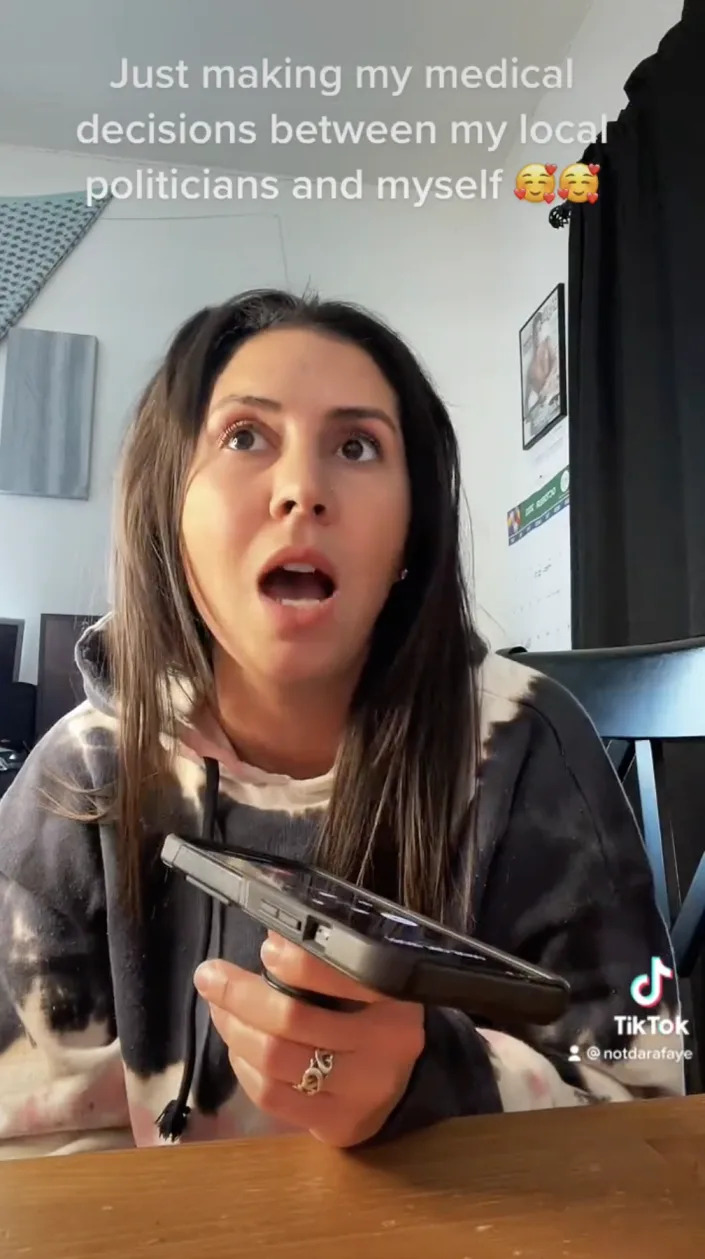
Dara Faye / Via Twitter: @darafaye
"I just figured that Mr. Garcia would be interested in all of this because he supports the Life at Conception Act," she continued. "I don't know if he's a board certified gynecologist, but I assume if he supports this act, he has a lot of knowledge about this."
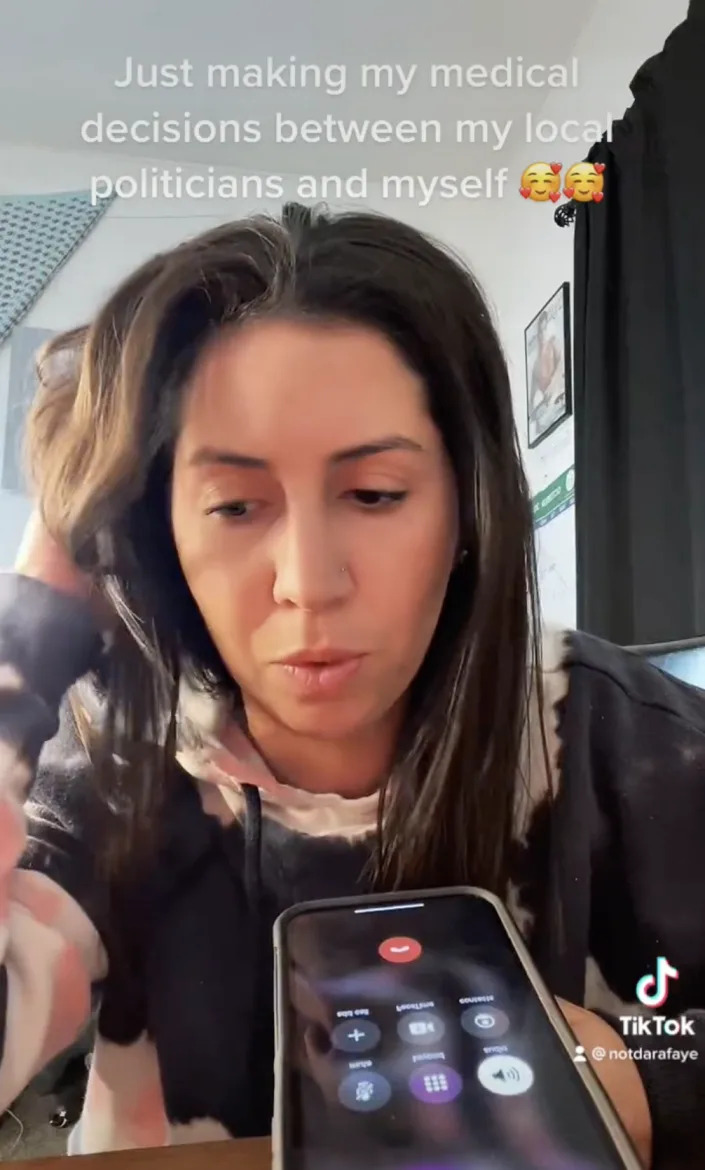
Dara Faye / Via Twitter: @darafaye
According to the bill summary, the Life at Conception Act protects the right to human life "at all stages," including fertilization.
BuzzFeed reached out to Dara to get more information on her decision to make these calls. It all began after Dr. Oz — who's vying for a spot in the Pennsylvania Senate — made headlines when he said "local political leaders" should be involved in decisions regarding abortion. To shine light on the ridiculousness of his statement, Dara decided to call several of her own local congressmen about her menstrual health.
Although she was only able to record one of several phone calls, she's made a series of viral satirical videos addressing the absurdity of Dr. Oz's statement.
"Dr. Oz thinks a woman's medical decisions should be between her, her doctor, and local politicians," she said in one clip. "Right, yes. Because every time my husband and I decided to have a child, we called our local politicians so we can discuss my birth plan, and then see if my OB agreed."
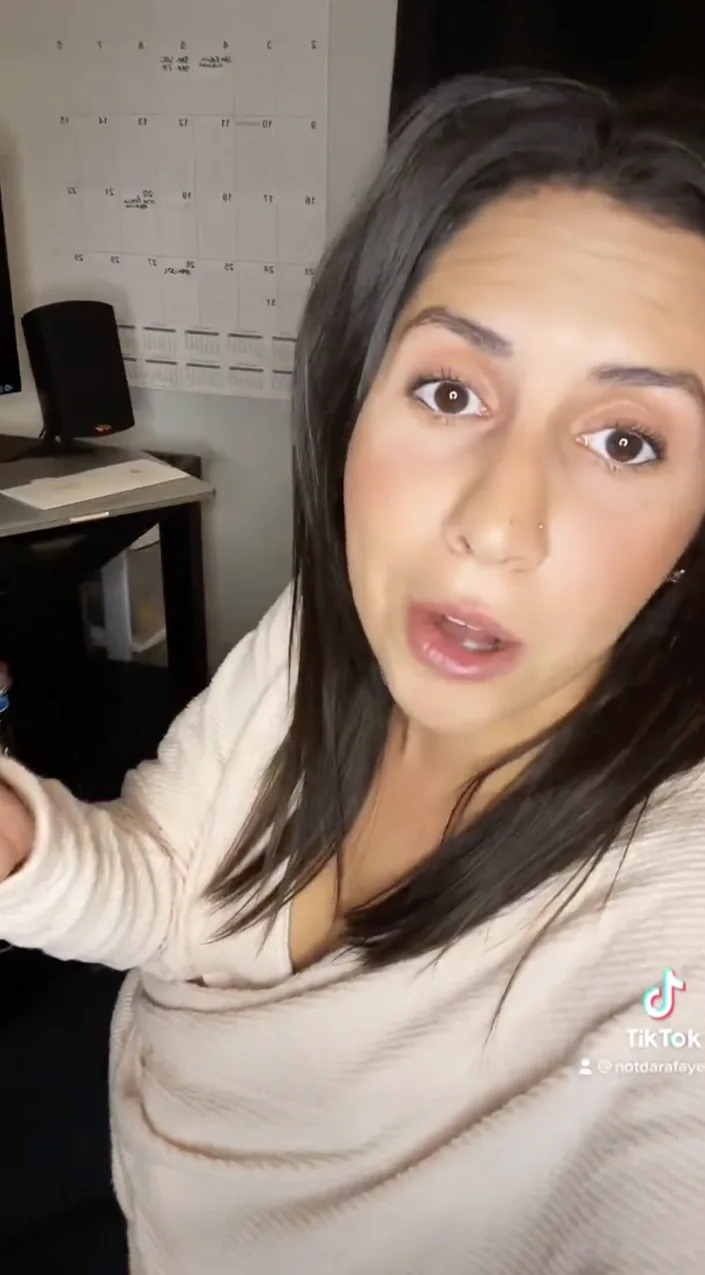
Dara Faye / Via Twitter: @darafaye
All jokes aside, Dara hopes that her calls and videos will get people to take action. "I just want people to not be apathetic," Dara told BuzzFeed. "We have midterm elections coming up, and it's so important. The Republican party is looking to do a federal ban on abortion — like, this is serious stuff."
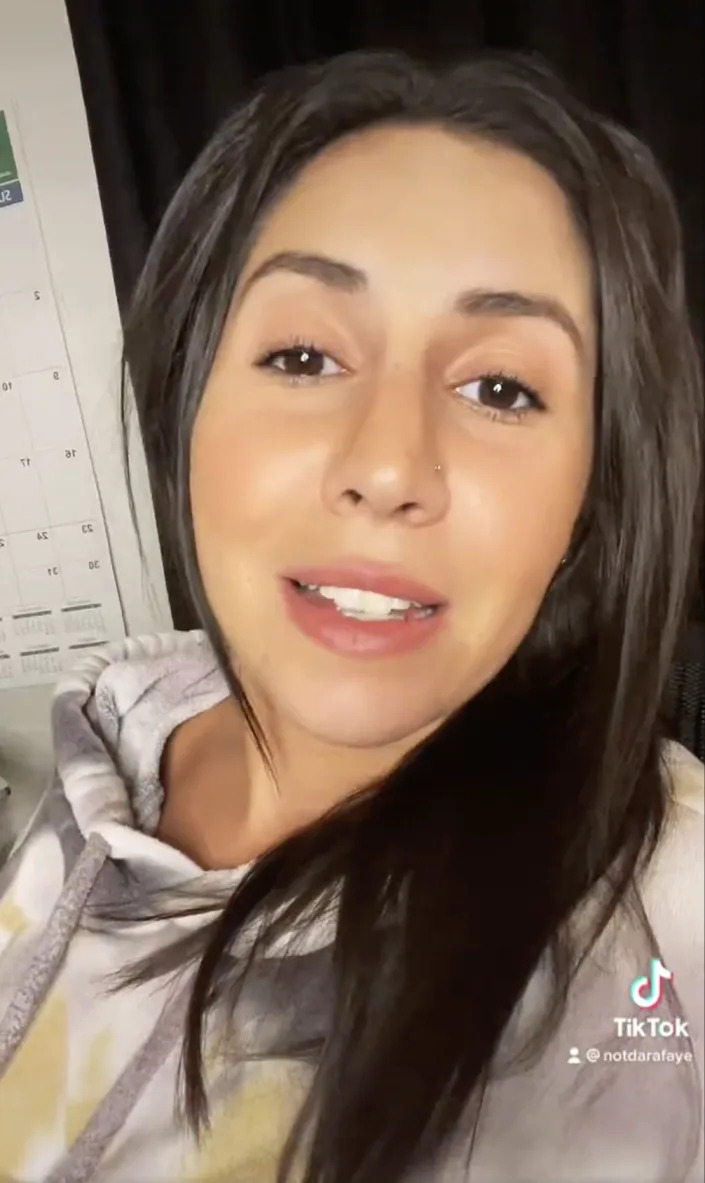
Dara Faye / Via Twitter: @darafaye
"We have these politicians like Mike Garcia, who is in California, who are supporting the Life at Conception Act, who want to give no exceptions to women for any kind of medical choice regarding their reproductive rights," she said. "I think that we need to be pushing back in any way; like, they can't just silence us. And while it might not make a big change, it's definitely creating an inconvenience by calling them."
It appeared that congressmen across the nation were going to be receiving calls.
And it looks like history does in fact repeat itself.
And to all those who feel inspired to call their own congressmen, Dara advises to remember to be respectful. "At the end of the day, the people who are working the phones are not the politicians who are pushing this legislation," she said. "But I would just recommend giving them all the gory details, tell them everything. I mean, I think a lot of these politicians need to learn about period poops. I think that they need to learn more about what we go through — tell them about your PMS in every detail, tell them about PMDD. They should know. Let them know everything."
Editor’s Note: BuzzFeed supports a person’s right to an abortion. If you, like us, feel impassioned about abortion rights, learn more or find a local fund to donate to here.

